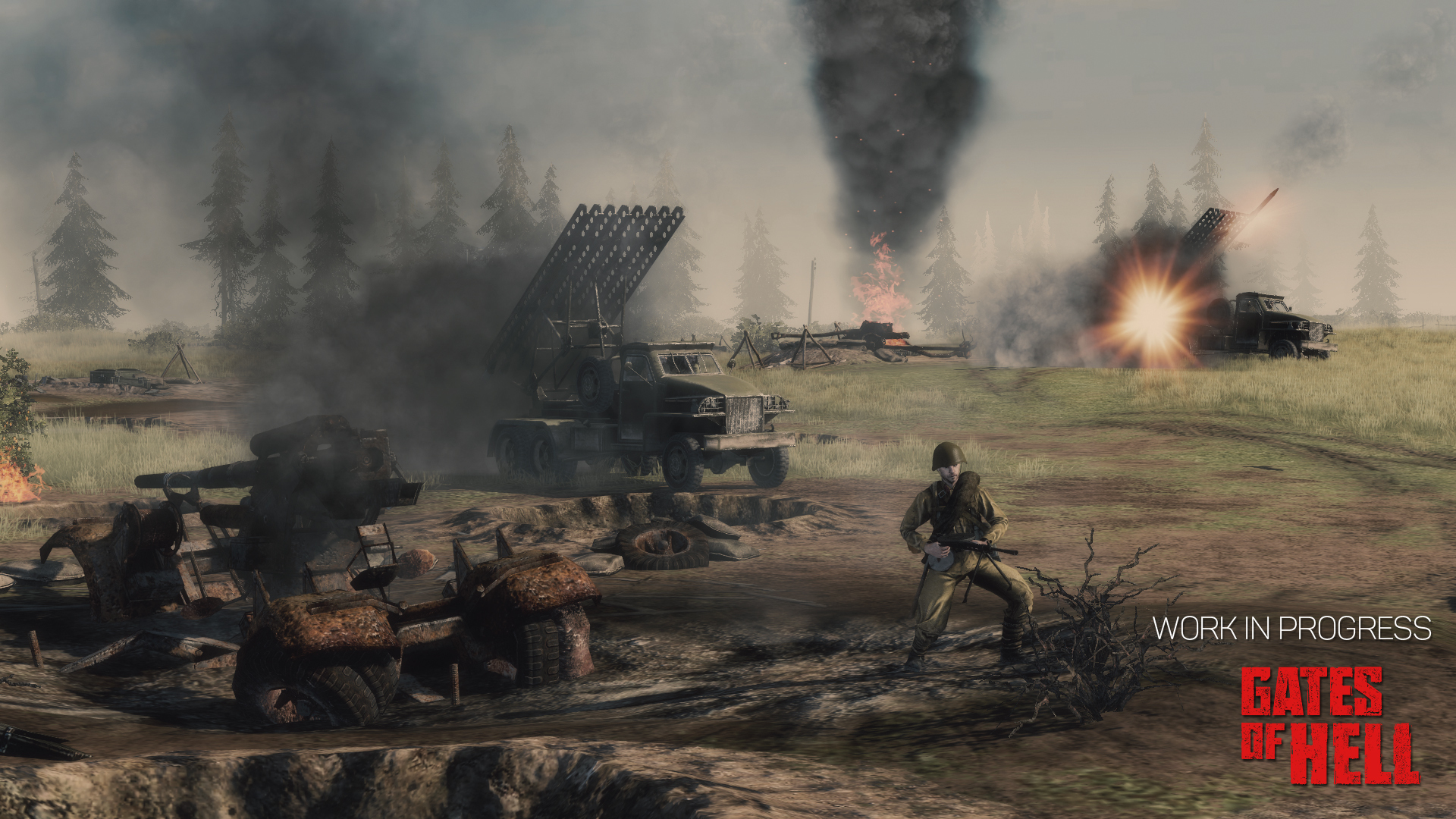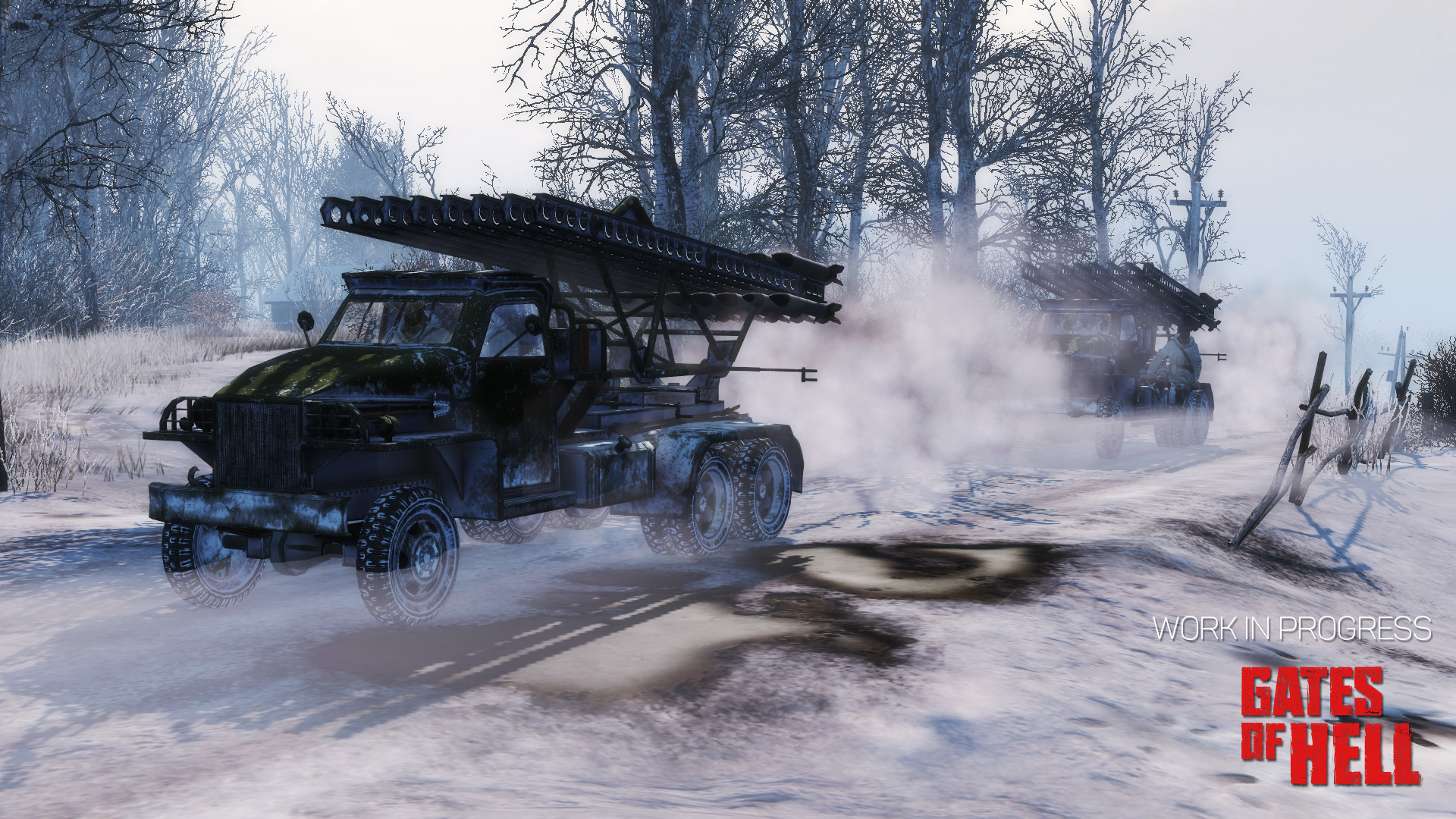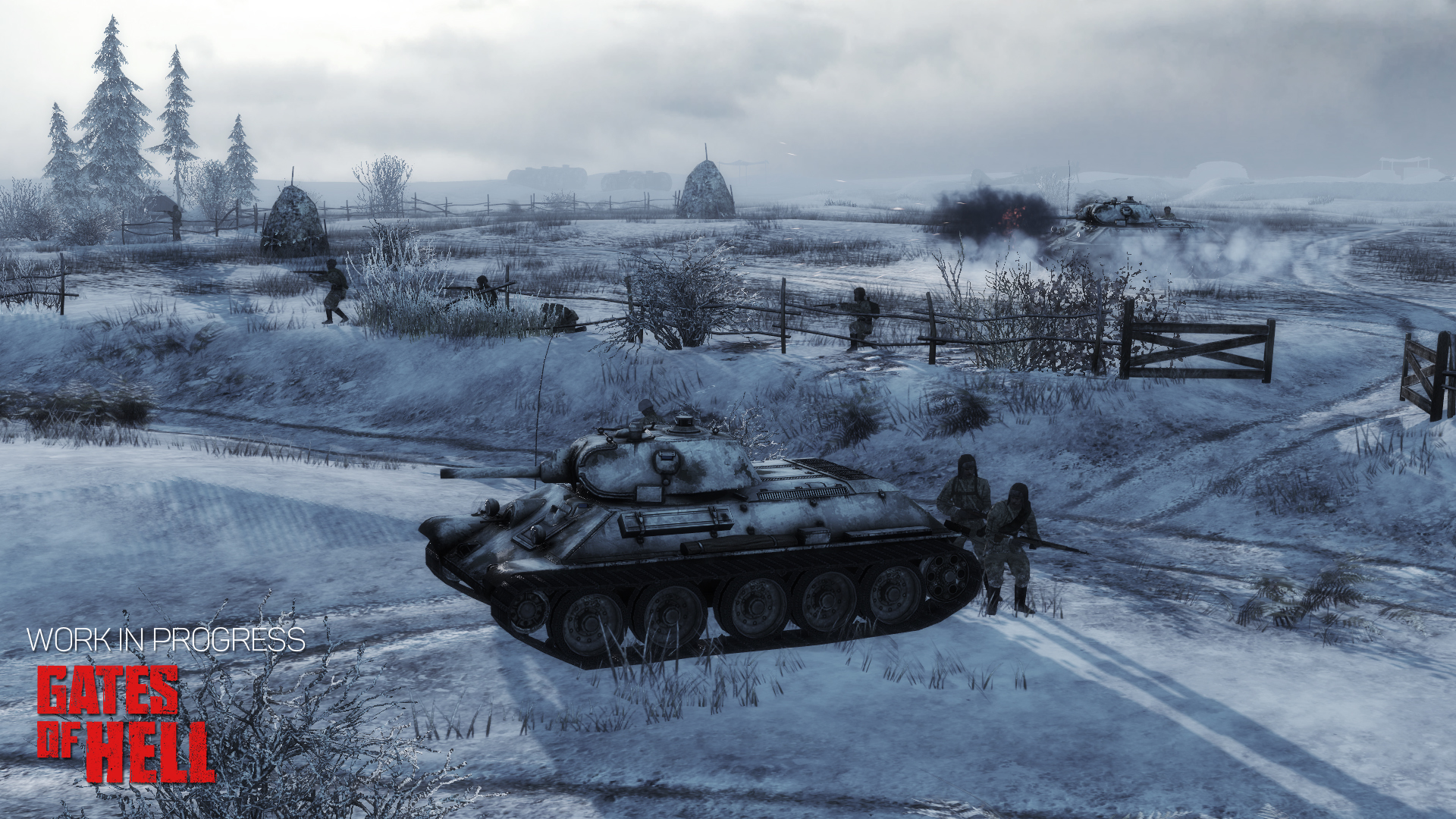Devblog #80: The rush to rescue Rall
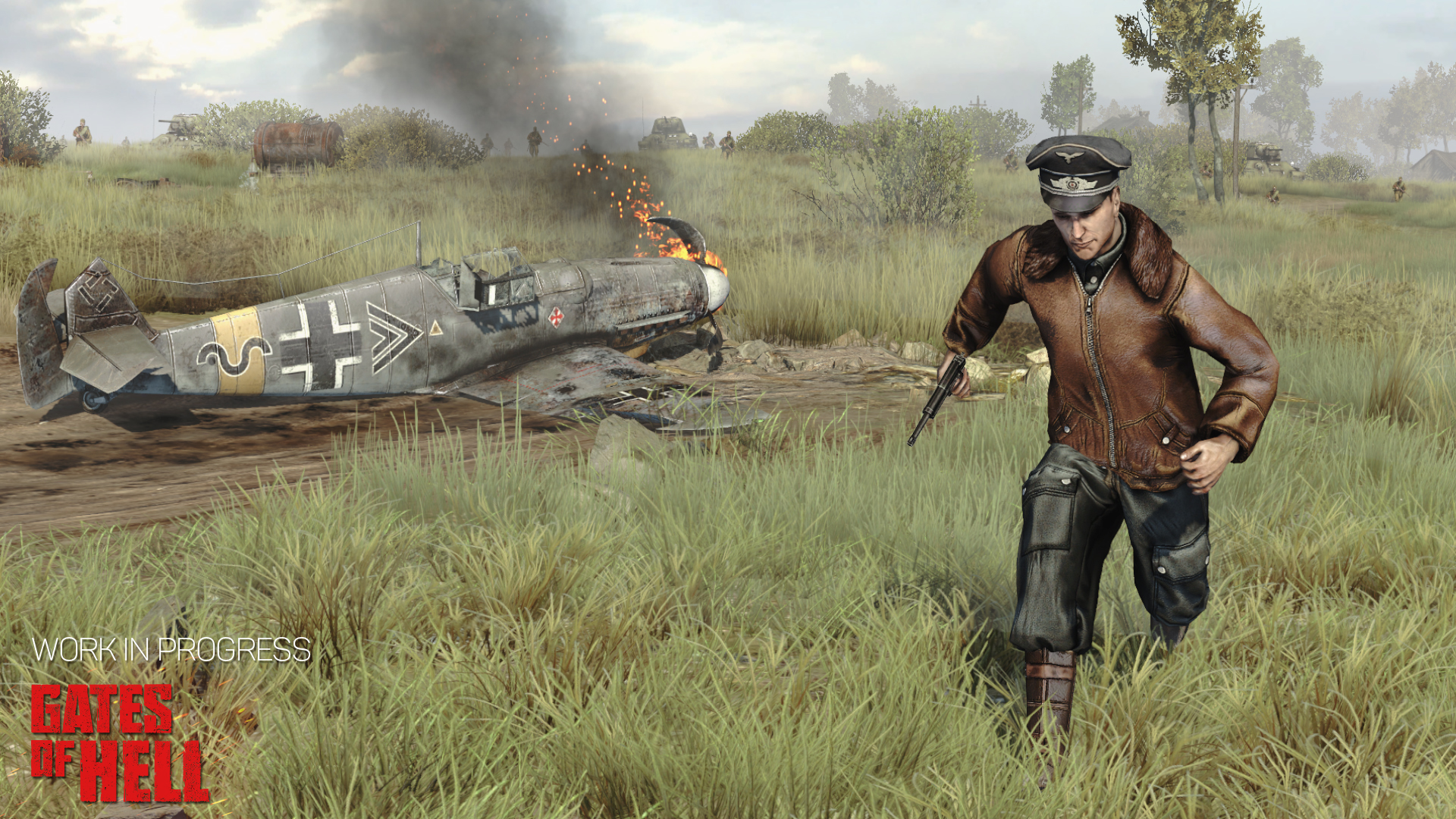 HD Link
HD LinkHello everyone, we’re back for another devblog.
Time is flying and more of our scenario designs are being turned into complete missions at the moment. We promised you - the community - that, as compensation for the long wait before EA, we would increase the mission content. This means we are busy working on a growing collection of historical missions, making sure these have great replay- and entertainment value. This may be the most difficult part of (historic) game development; It’s a historical scenario for sure, but is it nice to play? In this update we want to explore this, presenting a mission we have just finished, and which will be available for the German SP campaign.
This mission is set at the time of the Kursk battles. The battle itself is well- known, and we think our readers do not need explanation as to what happened there in july 1943.
The south pincer of the German offensive has reached Prokhorovka. North of this position lies the town of Petrovka; this is where our story takes place.
But first we’ll introduce you to the guy that is the main focus of this story, Günther Rall.
“It is not heroes that make history, but history that makes heroes.” (Josef Stalin).
We’re talking about the 3rd most successful fighter pilot ever.
Rall was shot down no less than 8 times during WW2, and in july ‘43 it is one of those days for him. After a fight involving several LaGG’s, his engine receives hits and he turns for home, but he doesn’t quite make it there; the engine loses power too quickly. He has to make an emergency landing. He comes down between the lines, near the road that is part of the attack route for army detachment “Kempf”; their route leads past Petrovka (Belgorod Oblast) towards the town of Tim. The scene is set near Petrovka. The moment Rall touches down, he can hear there is a fight going on already; he immediately realizes he has landed right between the lines!
Rall writes: “fortunately, an energetic Panzerkommandant pushes forward and offers me a ride to our lines”. He was lucky once again.
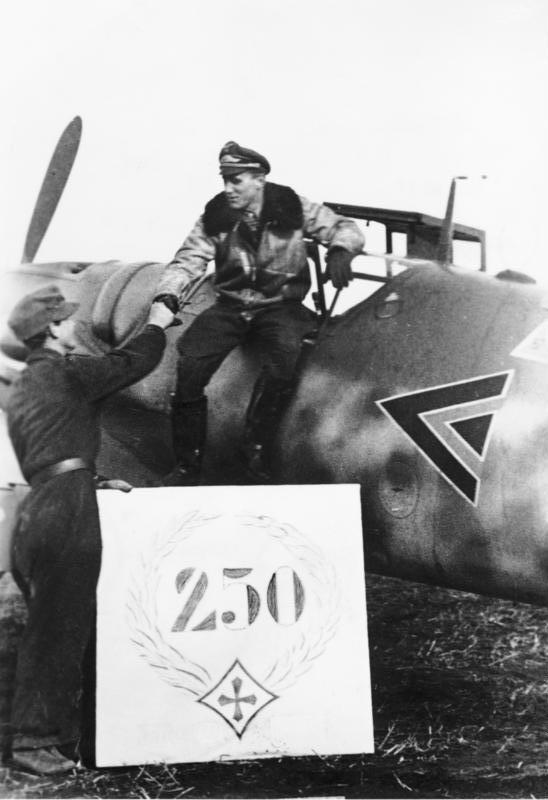 Above: “Somewhere on the eastern front” a carefully posed shot of Rall “after having just shot down his 250th victim”.
Above: “Somewhere on the eastern front” a carefully posed shot of Rall “after having just shot down his 250th victim”. The mission in Gates of Hell
In this mission we will put you in the shoes of the “Panzerkommandant” whom Rall mentions in his book. In our mission, you are the spearhead of army detachment “Kempf”.
You have just observed that a Bf109 is flying low and trailing smoke, and it touches down for an emergency landing in the field, not far from the road - right in front of you, just about a kilometre away!
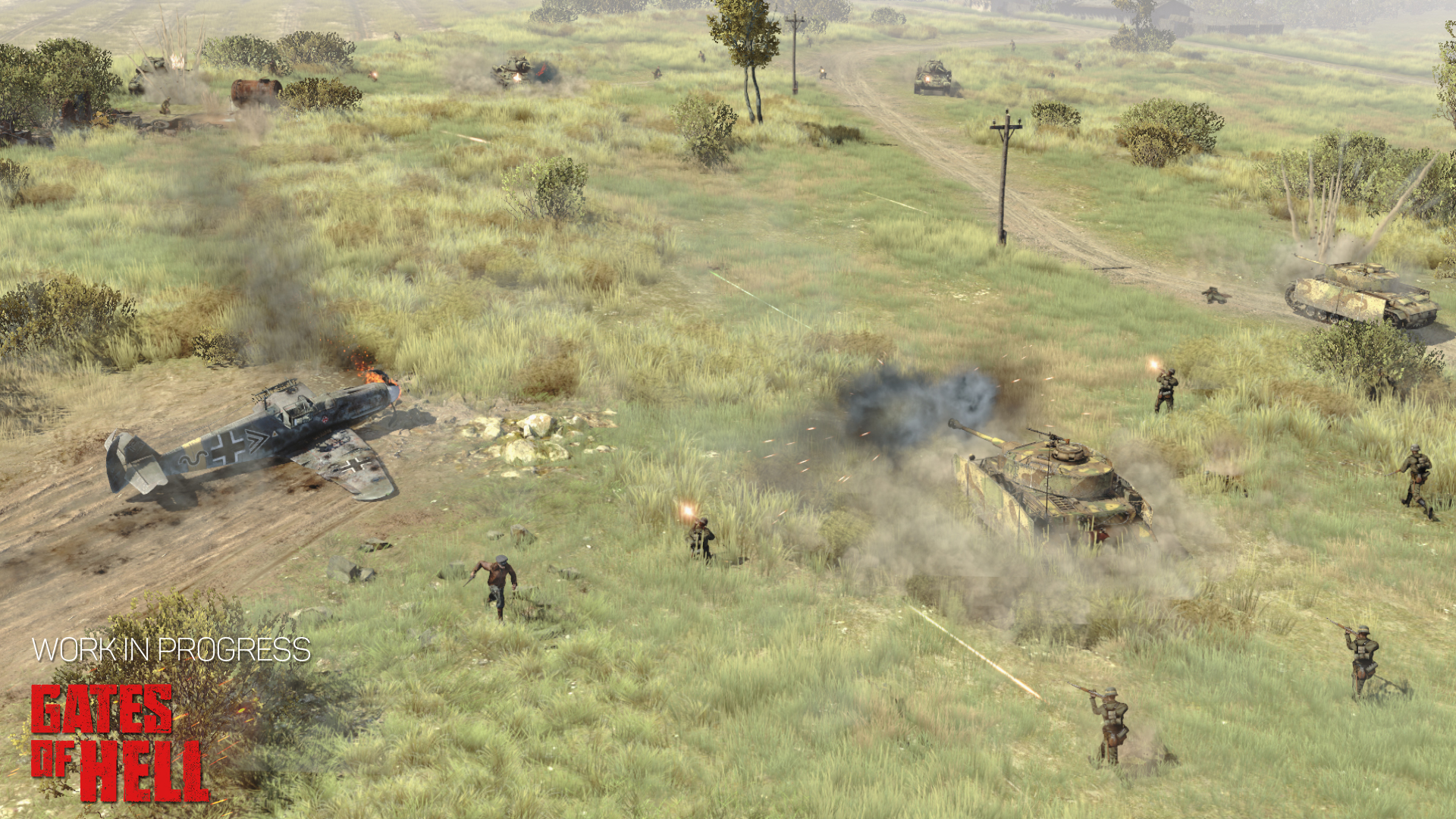 HD Link
HD LinkFortunately for Rall, you quickly lead a column forward, far enough to reach him at his plane and quick enough to outrun the Soviet forces, who are equally interested in this pilot and his plane. The bitter fighting you were in for most of the week has unfortunately depleted your unit and you do not have a lot of choice in what you can spare to rush forward.
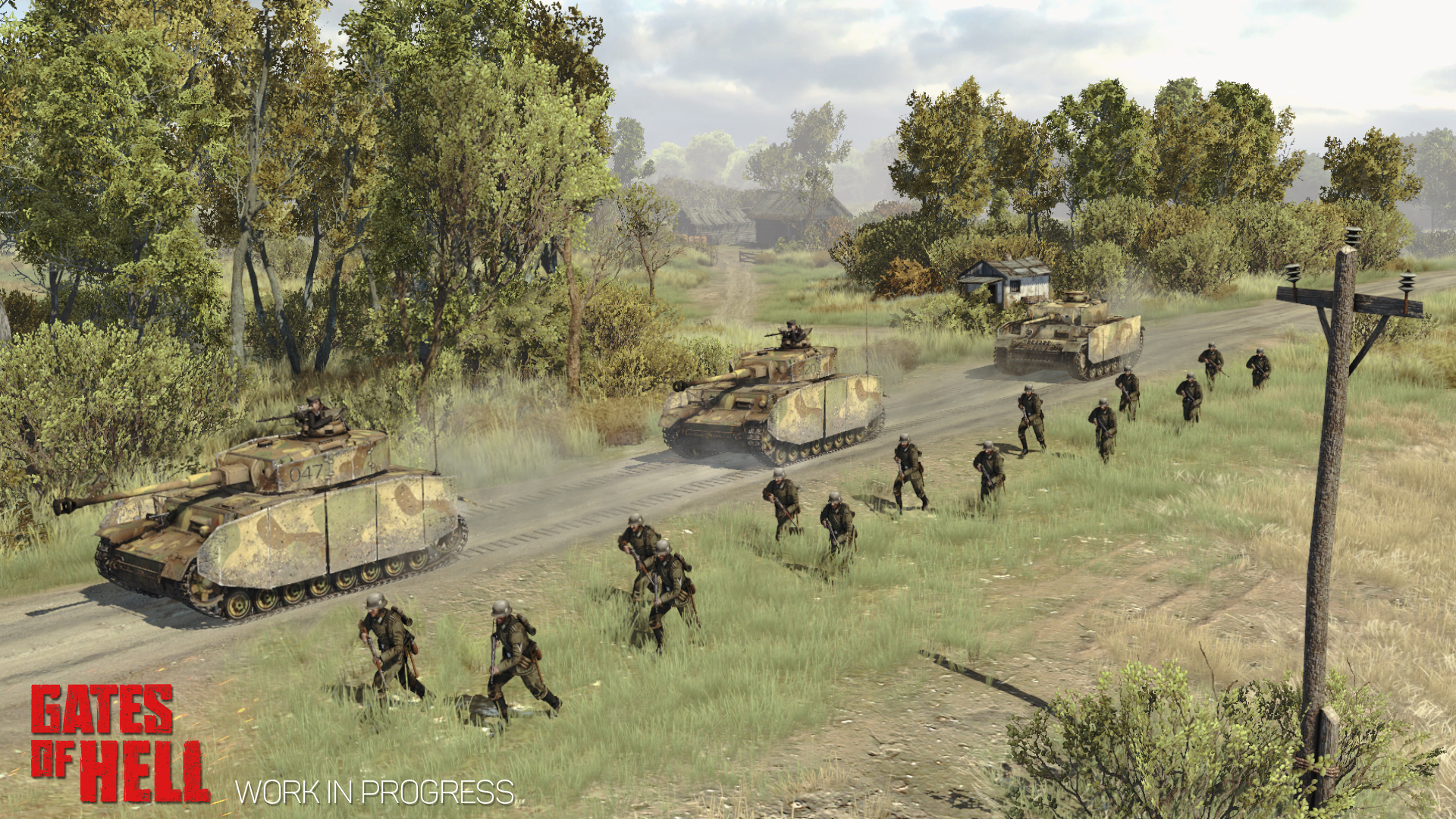 HD Link
HD LinkWhat you don’t know is what to expect on this road… soviet defences all around Kursk are layered so deeply that the German offensive will not even reach the last line. Fields are possibly mined, so maybe you have to keep your tanks from going off- road? You can’t be sure of anything here.
There’s only one thing for it: push forward a small number of tanks with infantry around them, and surprise any defences along the way; you are in a hurry to retrieve that unfortunate pilot!
 HD Link
HD Link You also need to be quick. Soviet artillery is ever- present and soon the defenders will understand what goes on and relay the information to the nearest artillery battery. How long do you have before the Katyushas are deployed and ready to fire?
If they don’t open fire, what is the reason? Are Soviet tanks about to counterattack?
Well, you will see when you get there…. get a move on!
Needless to say perhaps; we use the real life location for the map; the way in which roads are lined with bushes and hedgerows, the scattered buildings, the fields, craters, everything is modeled after the real 1943 situation as closely as possible.
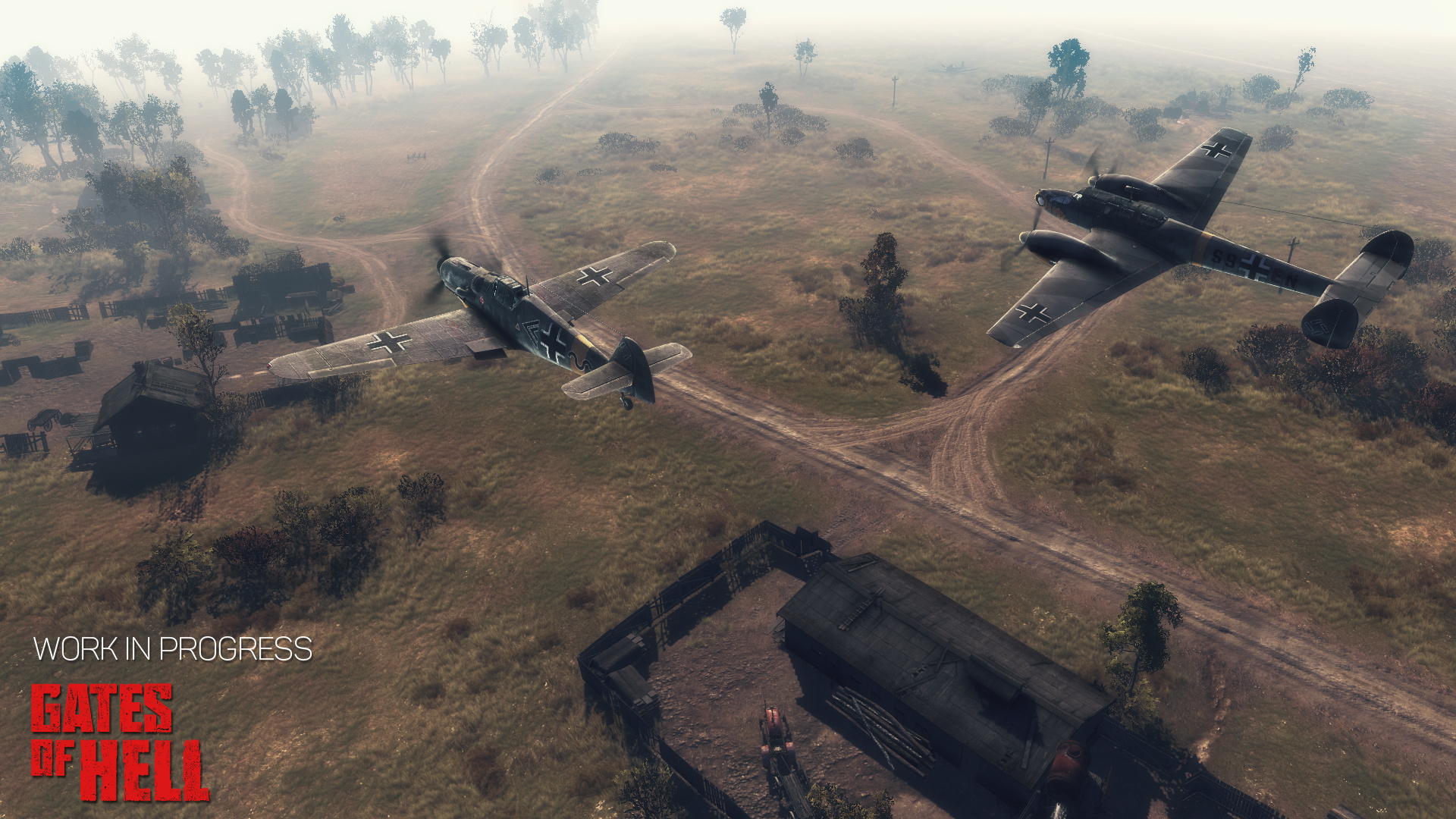 HD Link
HD Link This mission will be part of the German SP campaign and will be included in EA. We are still on schedule to have EA this year.
Did you know?
- What’s your forgotten battle? We have opened a mission suggestion thread in the forums. You are welcome to share ideas there.
- The G-6 subtype of the Bf109 was not Rall’s favorite. He had received his G-6 just a week before he crash-landed it.
- We will include an exact replica of Rall’s personal aircraft in the mission.
- Airfields on the eastern front were mostly improvised, so Rall usually didn’t look as fresh as in the photo, like most eastern front pilots.
- Rall fought on western and eastern front, and very often says that the Soviet opponents were extremely tough, fighting for every metre of ground, and he says the Soviet air force were quick to learn and VVS tactics improved rapidly from the outset.
Well, that’s it folks. We hope you liked this update.
Do you think you will like to play this one? Let us know!
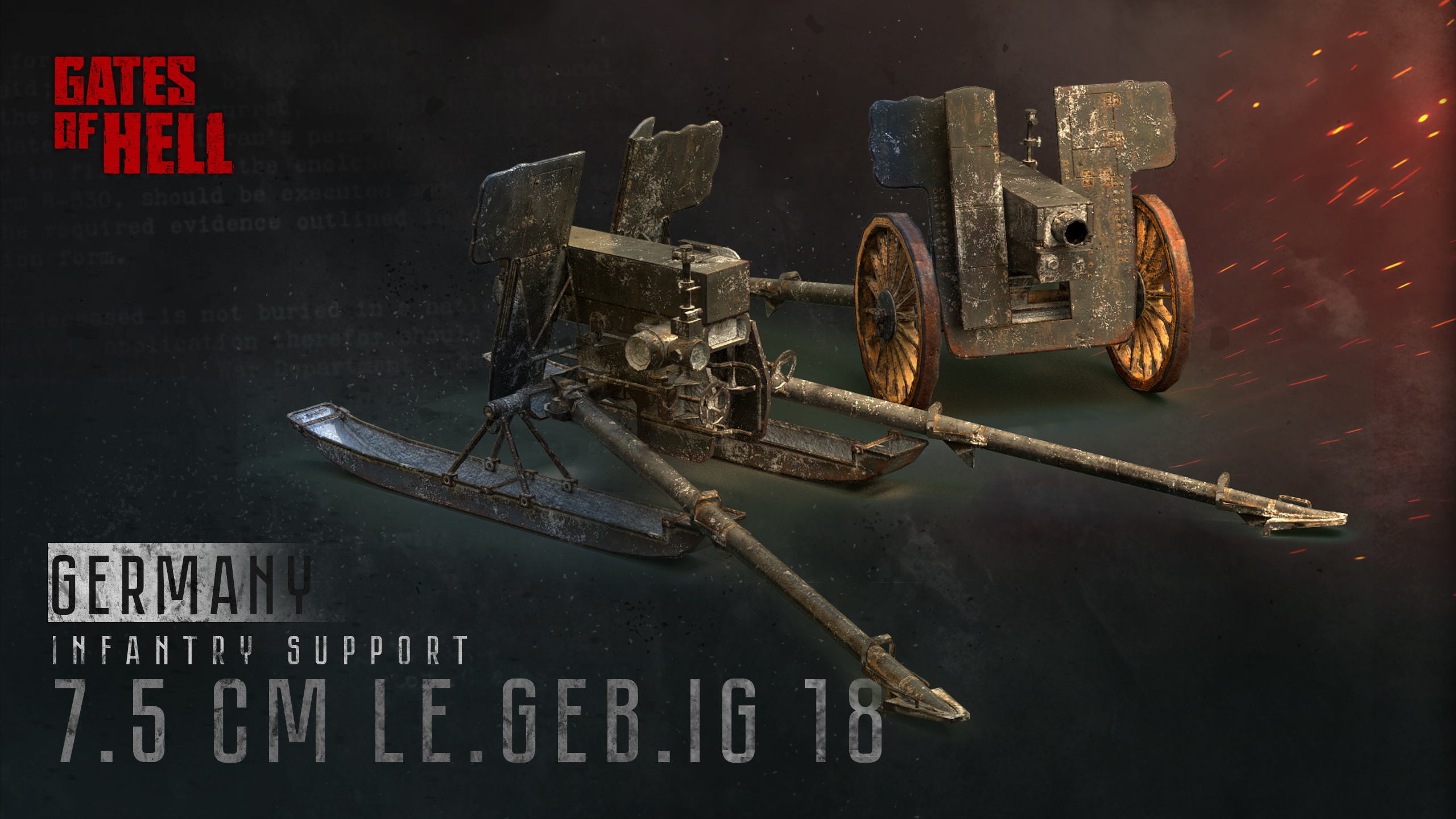
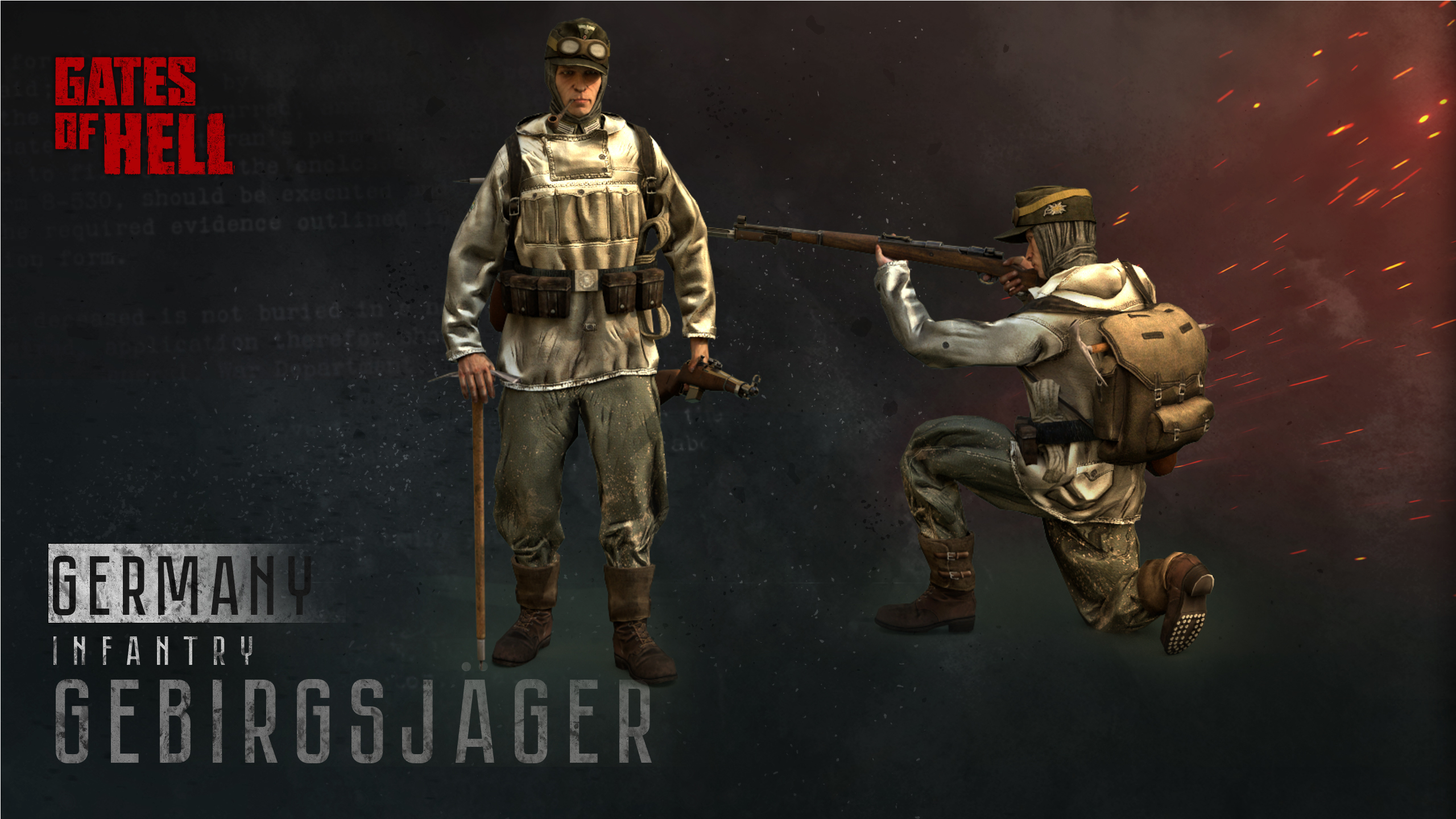
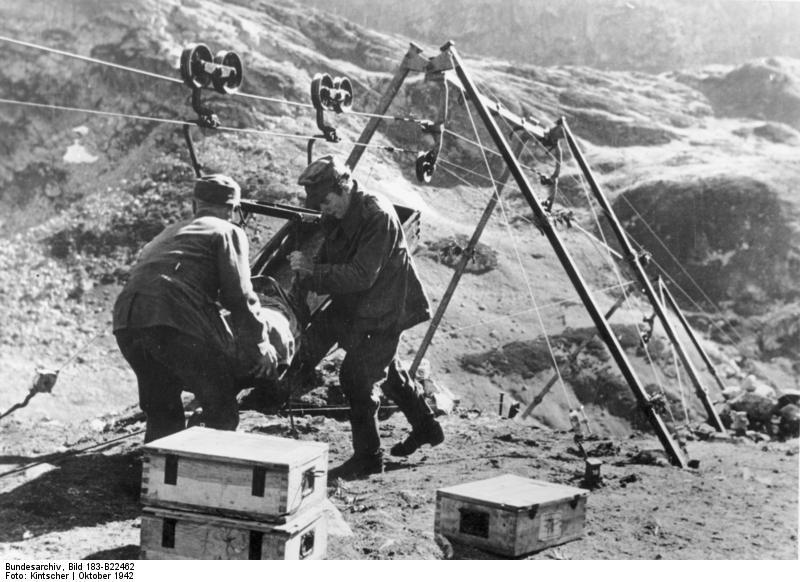 Gebirgsjäger in action hauling supplies up a mountain slope.
Gebirgsjäger in action hauling supplies up a mountain slope.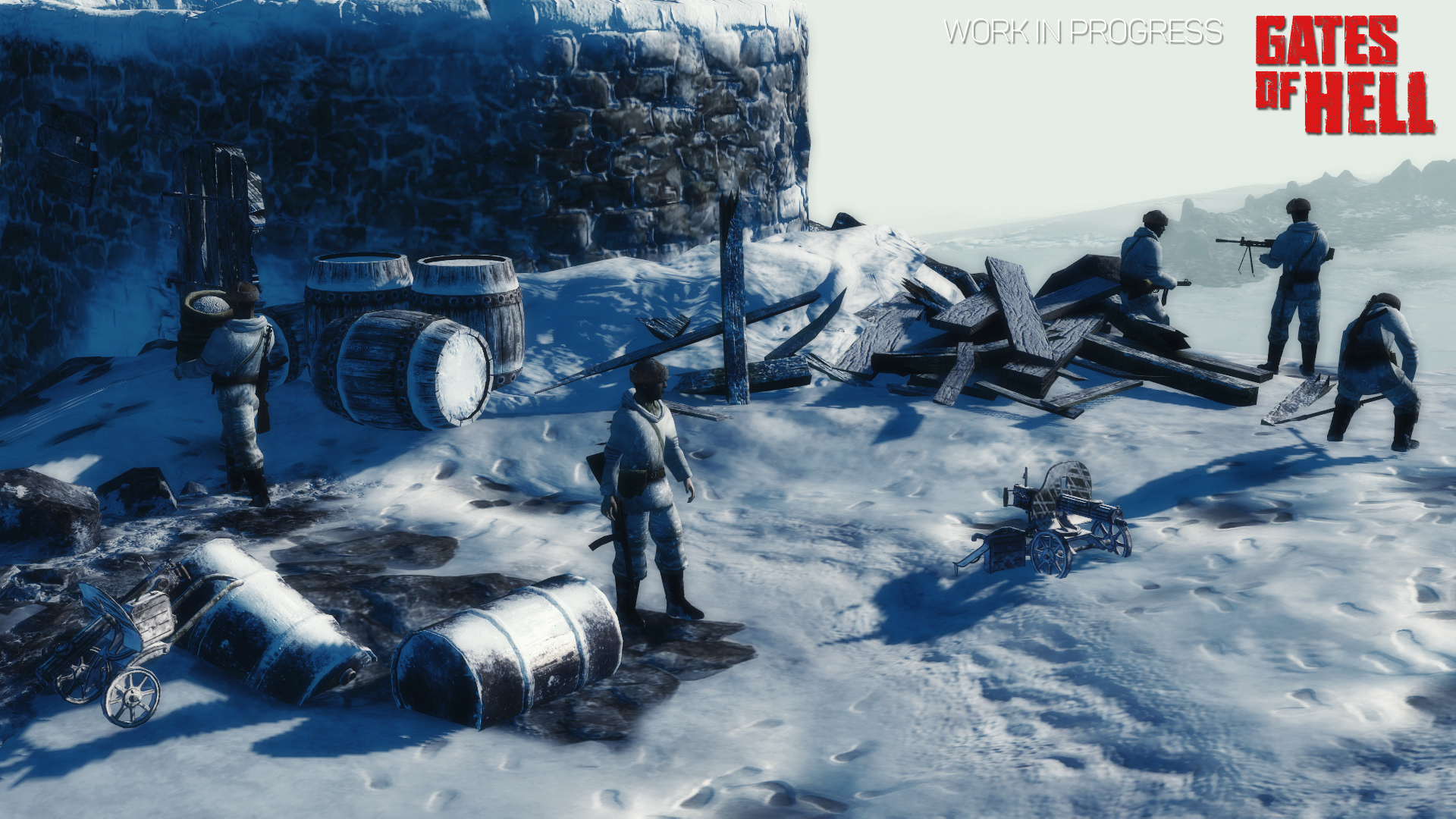

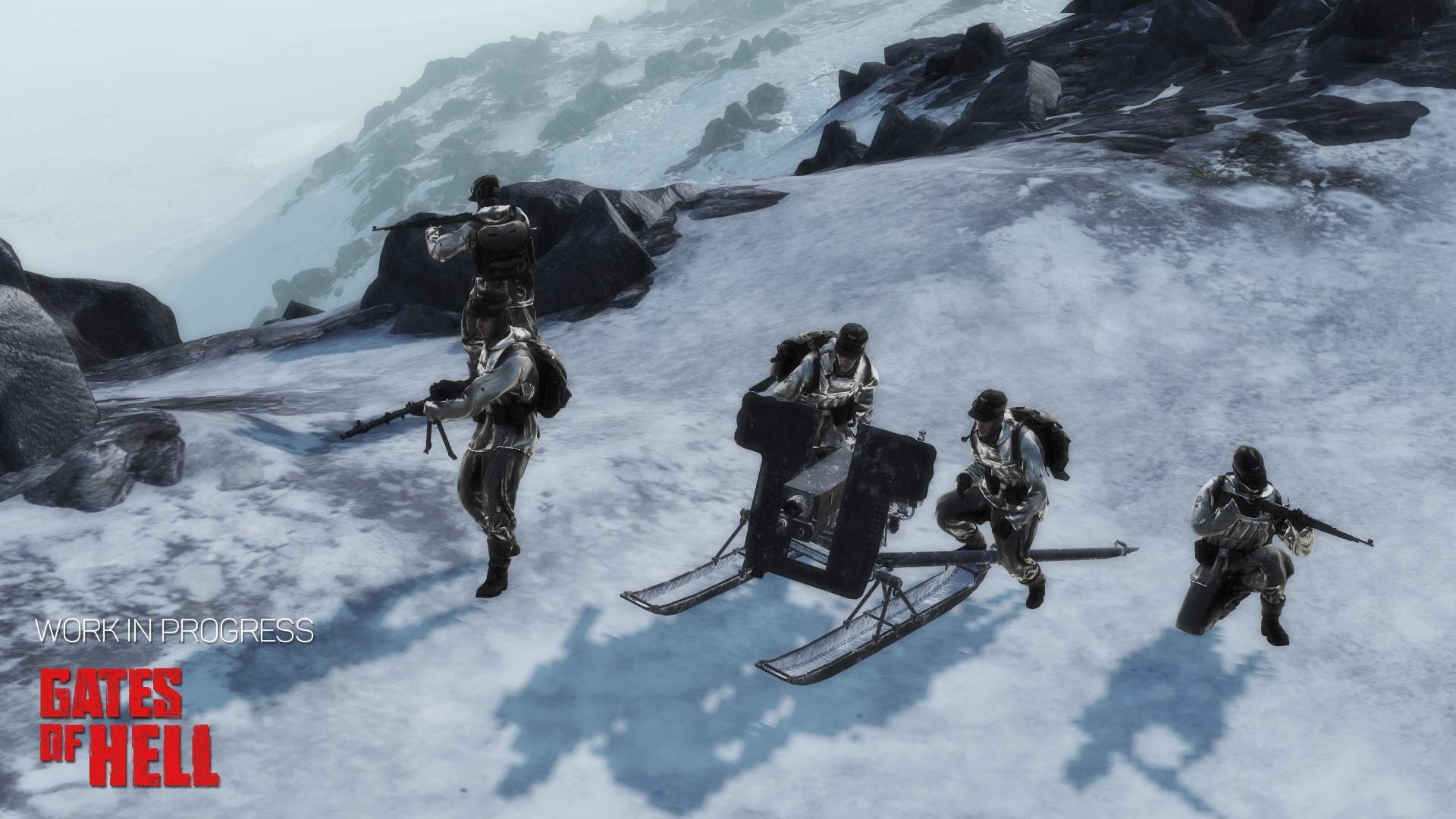
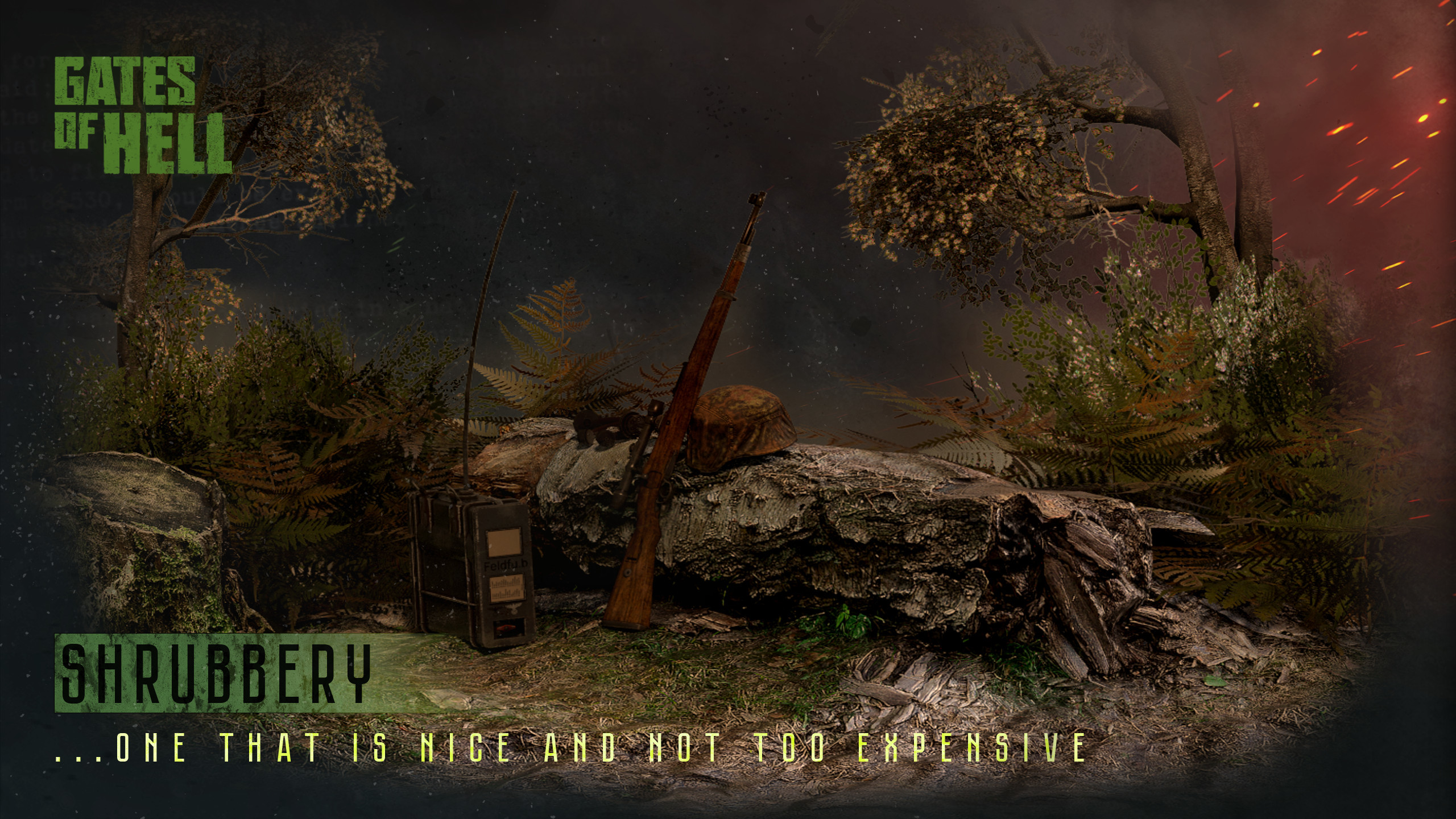
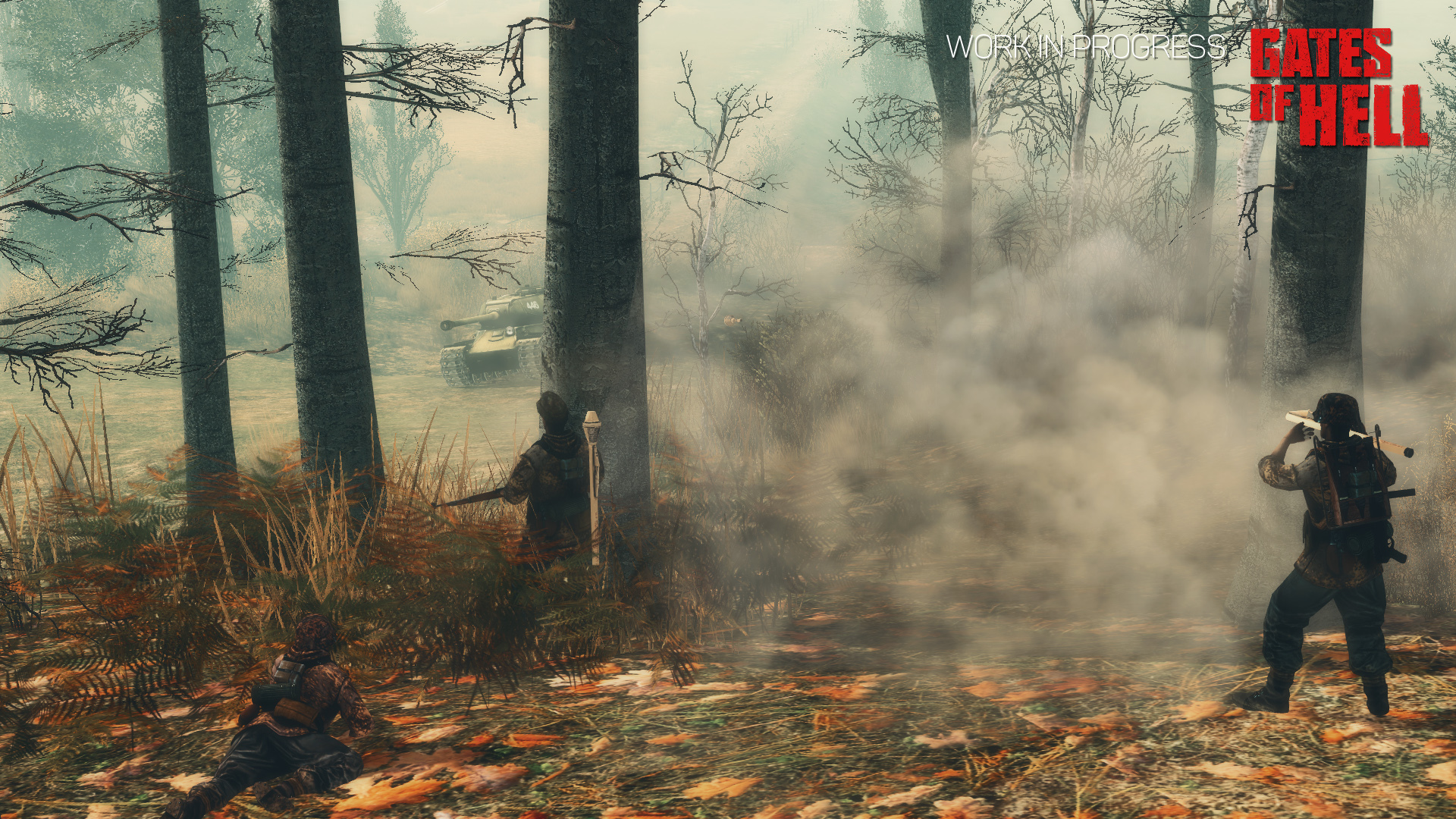
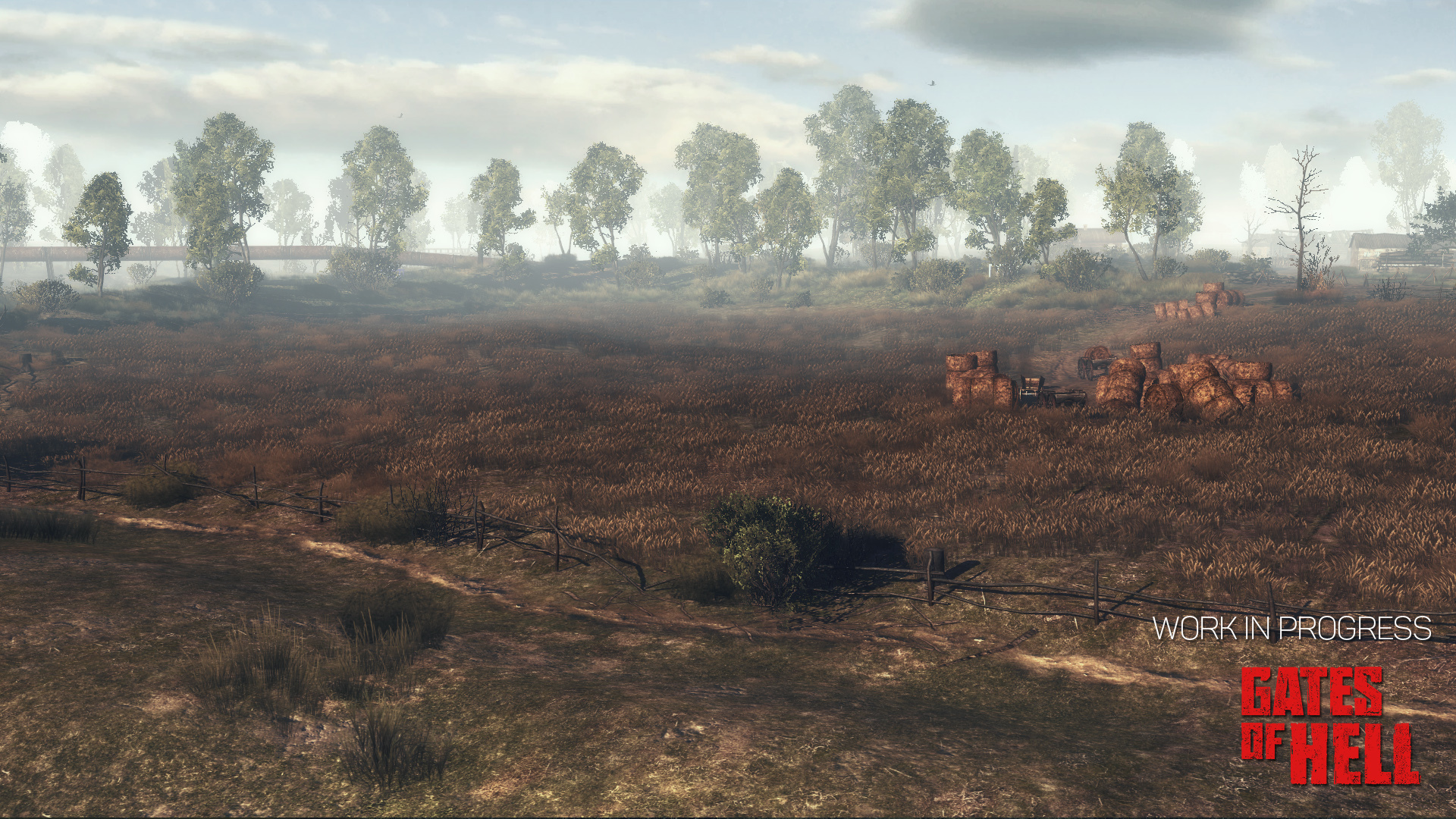


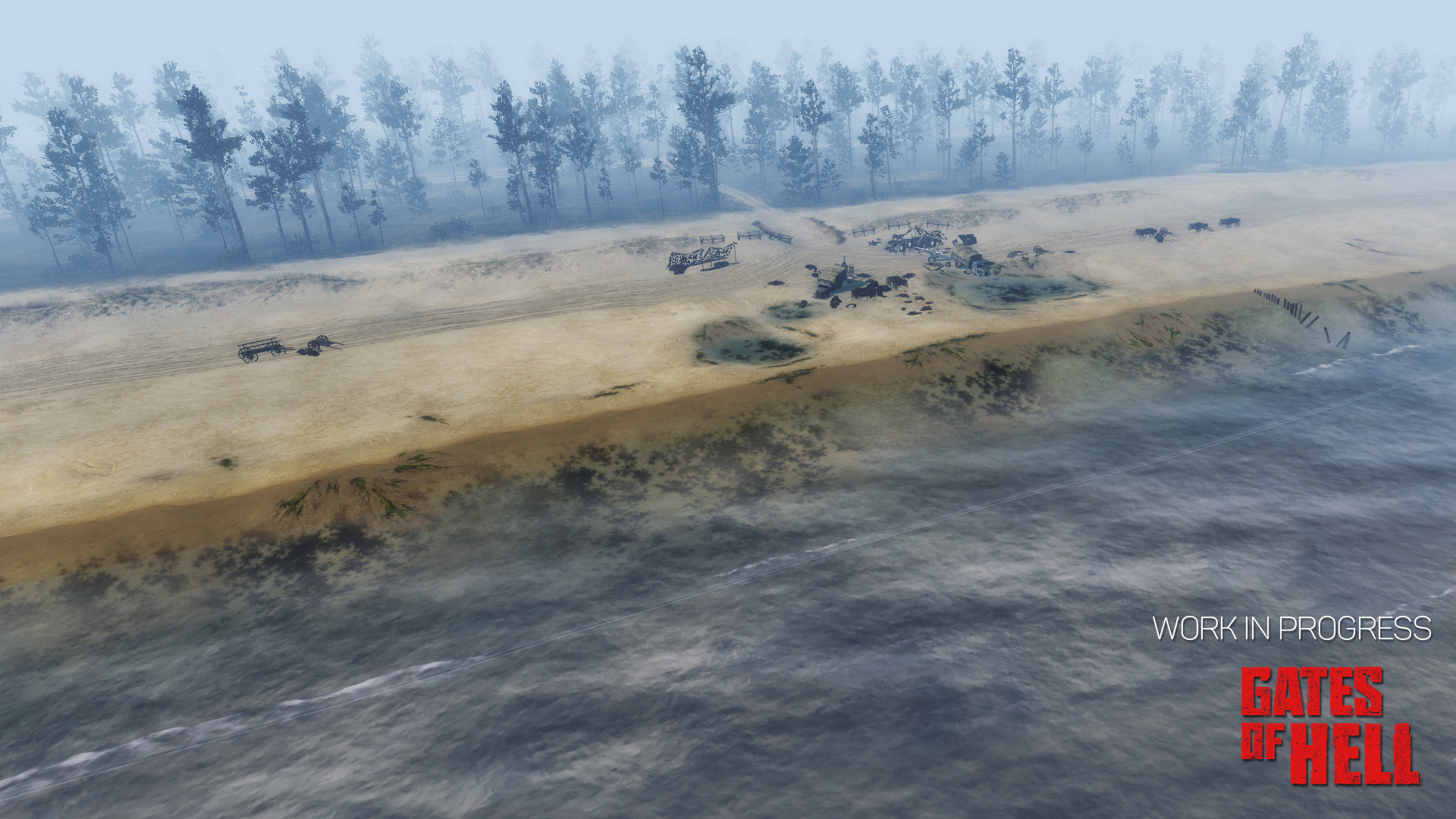
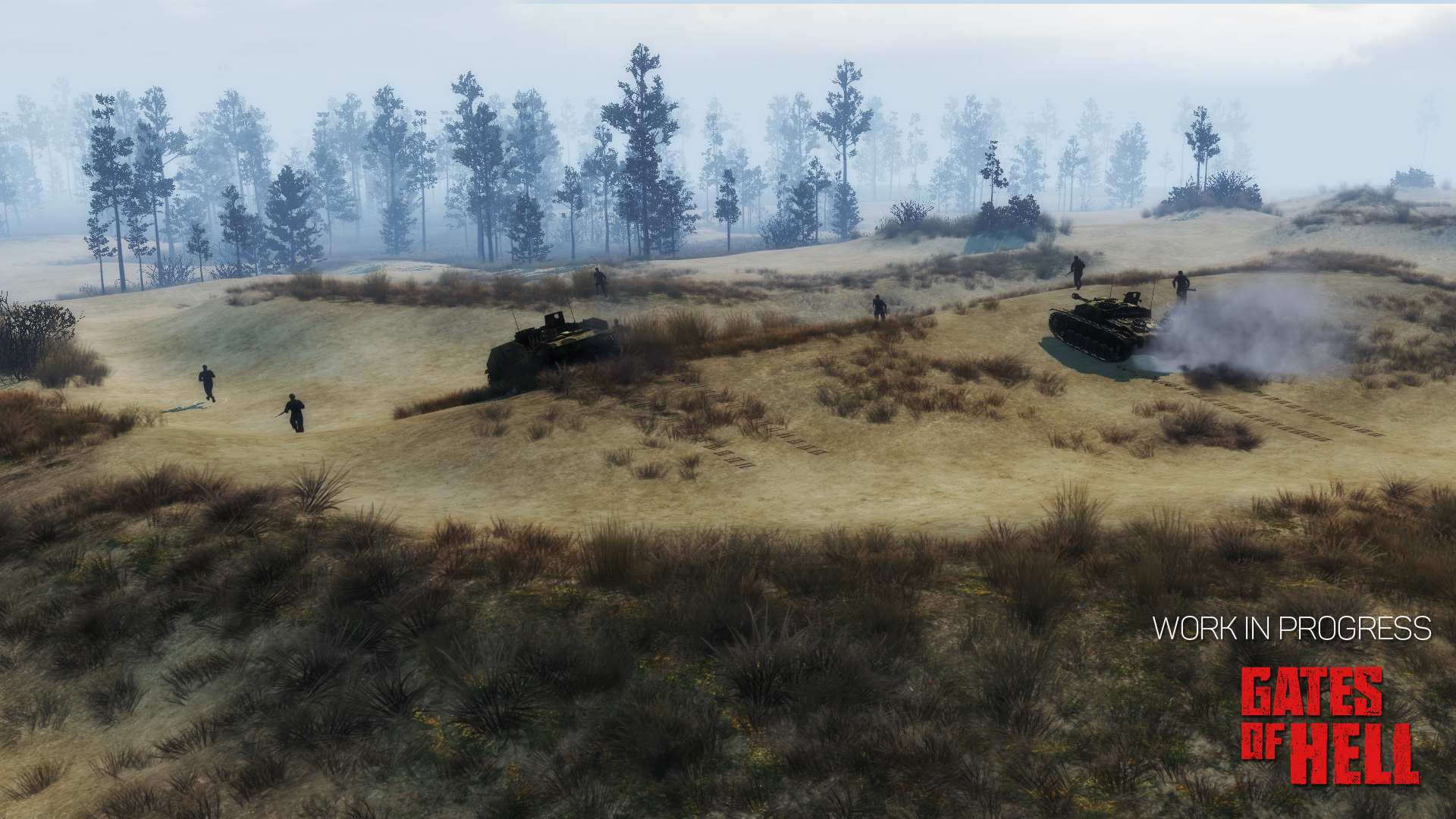
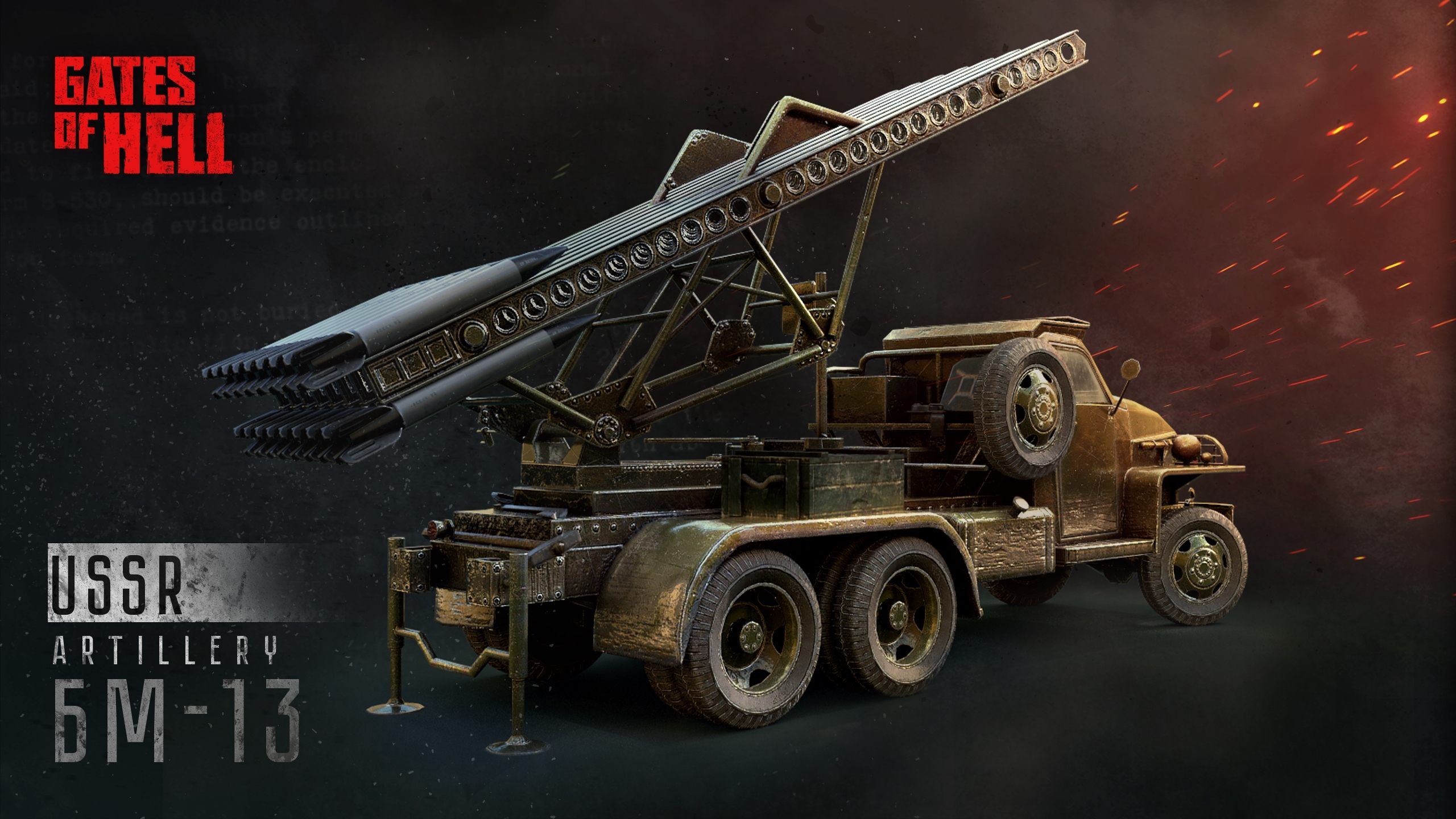
 M-13-16 (RS-132) on a ZIS-6 and M-8-24 (RS-82) on a T-40
M-13-16 (RS-132) on a ZIS-6 and M-8-24 (RS-82) on a T-40 This wintery Katyusha (BM-13N) just opened fire.
This wintery Katyusha (BM-13N) just opened fire.
